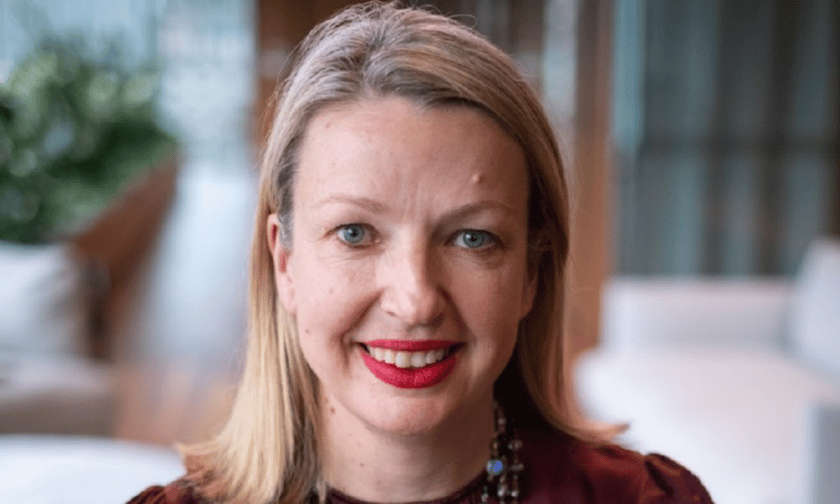

As Australia grapples with a complex economic landscape, small and medium-sized enterprises (SMEs) are demonstrating resilience by planning significant investments over the next 12 months, according to new research from NAB.
The survey has revealed that 60% of SMEs plan to invest in their businesses, aiming for growth despite persistent economic headwinds.
The study highlighted a dual-speed economy in Australia, where businesses are navigating varied economic conditions. While some are focused on managing higher costs and constrained consumer spending, many SMEs are making strategic investments in people, new products, and technology to drive growth.
Krissie Jones, NAB’s executive for small business, highlighted the research’s findings, noting the adaptability and determination of small business owners. “What has struck me as I’ve been travelling around Australia is the resilience of small business owners – they are adapting, with many looking to invest and preparing for growth,” Jones said.
“Many remain eager to explore growth opportunities that are right for them, while still being thoughtful around where and how they spend their money in the near term.”
The investment outlook varies across industries. Finance and insurance sectors lead the way, with 75% of SMEs planning to invest. Property services and business services follow closely, with two-thirds expressing similar intentions. Conversely, retail and construction sectors, which have faced more significant challenges over the past year, show the lowest investment intent.
Geographically, Queensland stands out as the state with the highest proportion of SMEs planning investments, particularly in new equipment. Nearly one-third of Queensland SMEs are looking to upgrade their machinery, with the hospitality sector leading in this trend—almost half of hospitality businesses are investing in new equipment.
Jones attributed part of this investment trend to SMEs seeking to reduce operating costs amidst higher interest rates and persistent inflation. NAB has reported an 11% increase in equipment finance for small businesses in the June quarter, with notable investments in utes, vans, trailers, and machinery.
The investment drive is exemplified by Melbourne-based Arancini manufacturers Paul and Laura Muscara. To meet increasing demand and lower operating costs, they recently invested in a new assembly line.
“Our new assembly line will completely modernise our existing manufacturing process which is currently being done manually,” Laura Muscara said.
“Today, we manually produce around 700 arancini balls per hour. Our new modern equipment will increase this to 2,500 per hour, helping us to not only reduce costs but also future-proof the business by ensuring we can keep up with growing customer demand.”
The findings are based on responses from 700 Australian small business owners.
Do you have something to say about the latest analysis? Let us know in the comments below.
